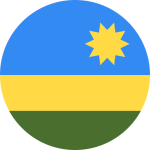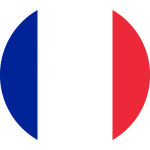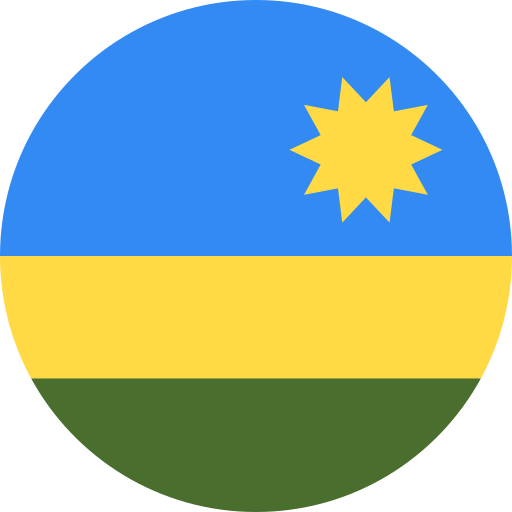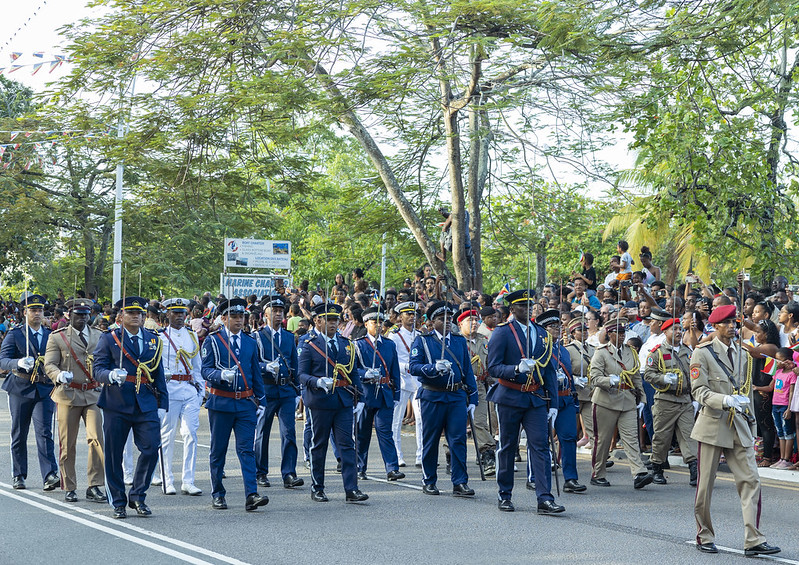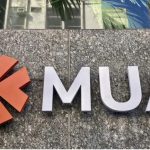President Paul Kagame, and First Lady Jeanette Kagame are on a state visit to Seychelles (June 28 to July 2) as the country celebrates 47 years of independence.
Seychelles Independence Day takes place on June 29. The Seychelles has been a member of the Commonwealth of Nations ever since it was granted independence in 1976.
The anniversary of their independence is usually celebrated by a vibrant display of pride and patriotism that spreads throughout the city.
For the second time in a row, the Seychelles’ capital of Victoria, hosted the prestigious event to mark 47 years since the island nation got its independence.
This year’s special guest at the ceremony was the President of Rwanda, Paul Kagame.
Following the arrival of the guest of honour, President Kagame, and the President of Seychelles, Wavel Ramkalawan, the parade started marching from Palm Street.
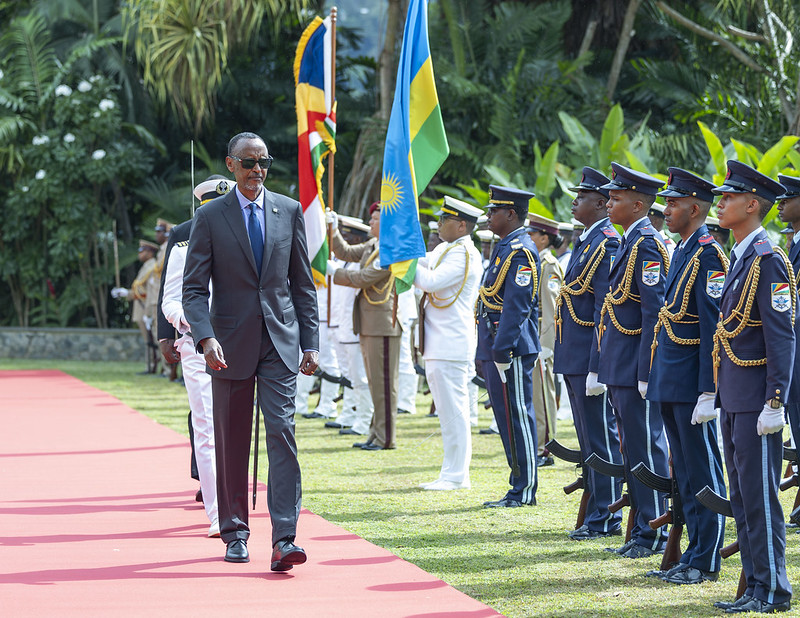
Once again, the parade, which for many years marched on the tracks of the stadium ‘Stad Linite’, made its way to the centre of Seychelles’ capital Victoria at the Unity Monument, to be greeted by cheering crowds with waving flags.
The customary Military Parade had 23 platoons of the Seychelles Police Force, the Seychelles Fire and Rescue Services Agency and youth organisations falling under the Seychelles National Youth Council. The parade also included platoons from foreign military forces, namely the United Kingdom, the Indian Navy, and the Reunion-based Armed Forces in the Southern Indian Ocean (FAZSOI).
The platoons marched along Constitution Avenue passing in front of the ‘Lavwa Lanasyon’ [Voice of the Nation] monument and proceeded towards Liberty Monument. After saluting the President, the platoons marched up to the International Conference Centre (ICCS) car park.
As part of the celebration, there a performance of well-known veteran Seychellois artist John Wirtz with his ever-popular song ‘Desann pou Lendepandans’ [Come down for the Independence].
In addition, this year, there were floats from 25 districts showing off aspects of their rich history and culture in a display of colours and vibrancy.
The ceremony ended with a performance of the Moutya, a Seychelles traditional dance added to UNESCO’s list of intangible heritage in December 2021.

History of Seychelles
The history of Seychelles dates back to the fourth of the Portuguese India Armadas led by Vasco da Gama, though Seychelles was likely already known to Arab navigators and other sailors for many centuries.
On 15 March 1503, the scrivener Thomé Lopes noted the sighting of an elevated island, doubtless one of the granitic islands and almost certainly Silhouette Island.
The first recorded landing was by the men of the English East India Company ship Ascension, which arrived in Seychelles in January 1609.
The islands were claimed by France in 1756. Seychelles remained uninhabited until the first settlers arrived on board the ship Thélemaque, which arrived on 27 August 1770.
Captain Leblanc Lecore landed the first colonists, comprising 15 white men, eight Africans and five Indians. The Seychellois Creole language developed as a means of communication between the different races.
The British frigate Orpheus commanded by Captain Henry Newcome arrived at Mahé on 16 May 1794. Terms of capitulation were drawn up and the next day Seychelles was surrendered to Britain.
Following the fall of Mauritius to British forces, Captain Phillip Beaver of the Nisus arrived at Mahé on 23 April 1811 and took possession of Seychelles as a permanent colony of Britain.
The Seychelles became an independent republic in 1976. Following a coup d’état, a socialist one-party state ruled the country from 1977 to 1993.
The subsequent democratic Presidential elections were won by candidates of the same party


